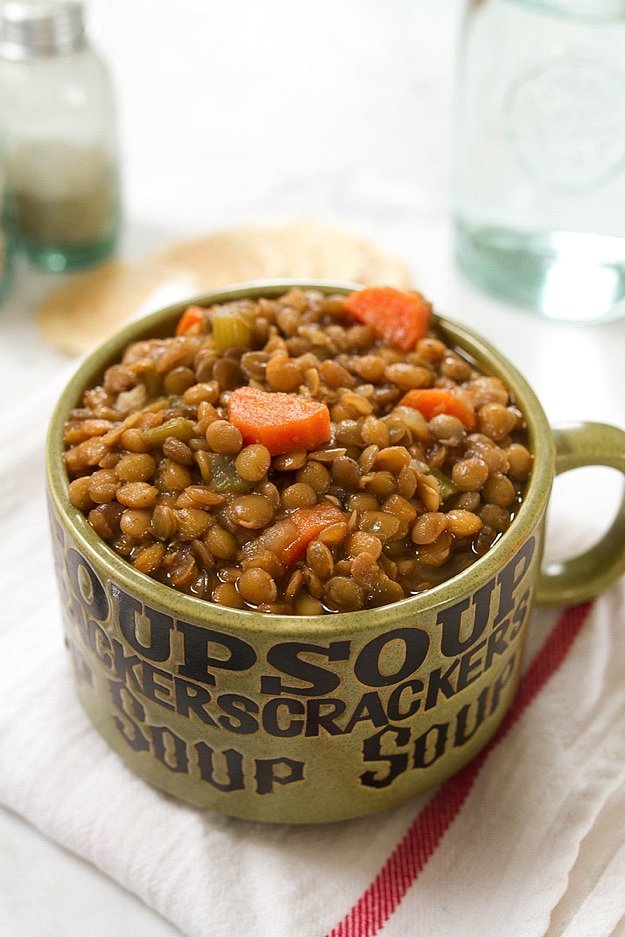Baobab is the common name of the Adansonia genus of trees, which grows in Madagascar, Africa, Australia and Arabia. The fruit is found inside hard pods that hang upside down from the tree and have a citrusy flavor. Baobab is “wild-harvested” – taken from its natural environment – and, therefore, cannot be certified organic, although in essence, it is. The fruit is dried naturally, the seeds are removed and ground into a powder that can be added to food products. Baobab has also been used in foods as a natural preservative due to its high vitamin C, potassium and phosphorus…
Baobab is the common name of the Adansonia genus of trees, which grows in Madagascar, Africa, Australia and Arabia. The fruit is found inside hard pods that hang upside down from the tree and have a citrusy flavor.
Baobab is “wild-harvested” – taken from its natural environment – and, therefore, cannot be certified organic, although in essence, it is. The fruit is dried naturally, the seeds are removed and ground into a powder that can be added to food products.
Baobab has also been used in foods as a natural preservative due to its high vitamin C, potassium and phosphorus content.
This MNT Knowledge Center feature is part of a collection of articles on the health benefits of popular foods. It provides a nutritional breakdown of baobab and an in-depth look at its possible health benefits, how to incorporate more baobab into your diet and any potential health risks of consuming baobab.
Nutritional breakdown of baobab
Baobab trees are found in Africa, Australia, Arabia and Madagascar.
A 4.5g portion of baobab powder contains 12 calories and 2 grams of fiber.
Baobab fruit is high in calcium, vitamin C, potassium, magnesium, zinc, vitamin A, thiamin, B6 and bioflavonoids. It also acts as a prebiotic and is high in fiber.
According to a study published in Critical Reviews in Food Science and Nutrition, baobab pulp is particularly rich in vitamin C, with 40g covering more than 100% of the Recommended Daily Intake (RDI). The researchers also found that baobab leaves are particularly rich in calcium. The seeds and kernels of baobab fruit have a high lipid content while the pulp and leaves exhibit high antioxidant properties.1
Baobab is said to have 10 times the fiber of apples, six times the vitamin C of oranges, two times the antioxidants of acai berries, two times the calcium of milk, four times the potassium of bananas, and five times the magnesium of avocados.2
Possible benefits of consuming baobab
Claimed health benefits include improving digestive health, immune support, general hydration and skin health. There is very little research on the consumption of baobab.
Gastrointestinal health
A study conducted by Oxford Brookes University showed that polyphenol-rich baobab fruit reduces starch digestion and glycemic response in humans.3
Baobab has traditionally been used in African populations to relieve diarrhea, constipation and dysentery. The soluble fibers found in baobab fruit have been found to exert prebiotic effects, promoting growth of healthy bacteria in the gut.1
How to incorporate more baobab into your diet
Baobab is most commonly available as a powder in regions where the fruit is not grown.
Outside of the regions where it is grown, fresh baobab fruit is hard to come by and is mostly available in powdered form.
Baobab powder is used in bodybuilding and fitness supplements as well as in vitamins and mineral formulas.
It can also be incorporated into smoothies, fruit juices, cereals, granola bars, yogurts and dairy products.
Baobab fruit powder typically has a shelf life of 24 months.
Try this healthy and delicious recipe developed by a registered dietitian:
Tropical superfood smoothie bowl.
Potential health risks of consuming baobab
It is the total diet or overall eating pattern that is most important in disease prevention and achieving good health. It is better to eat a diet with variety than to concentrate on individual foods as the key to good health.
Baobab fruit was GRAS (generally recognized as safe by the US Food and Drug Administration (FDA)) certified in 2009.
Baobab fruit has not been studied extensively. The health claims are new research, and further studies are needed to solidify these claims. As with any “newly discovered” food, there could be health risks associated with it that have yet to be reported.
Source: Baobab: Health Benefits, Nutritional Breakdown : Medical News Today





